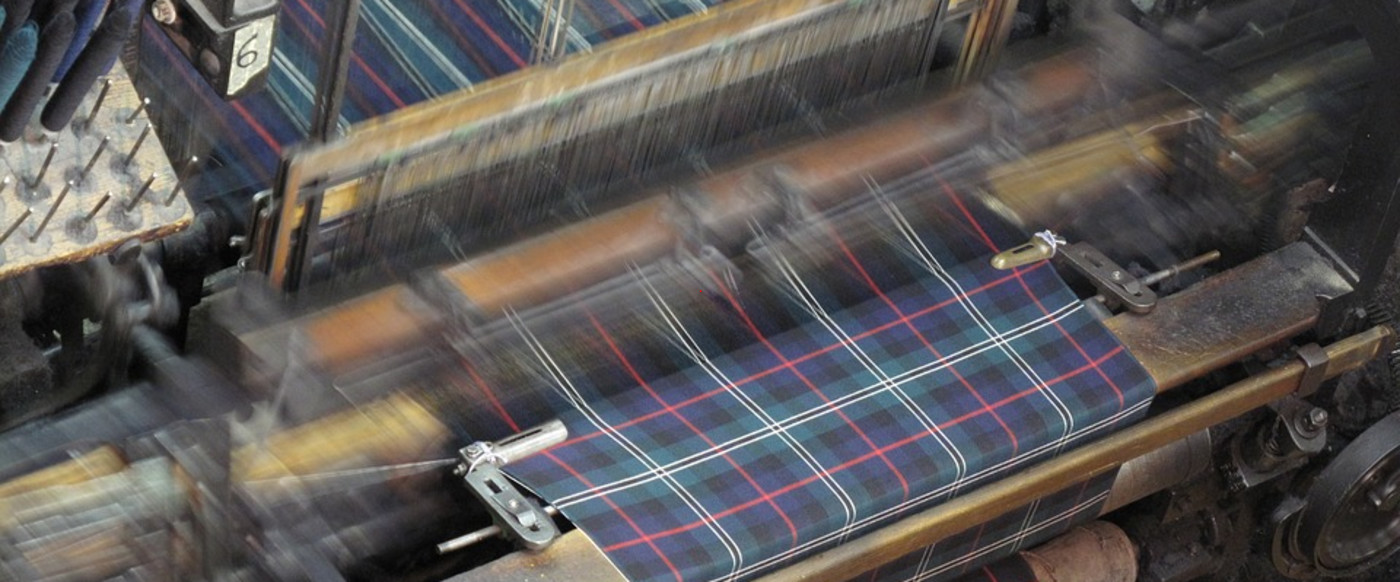Originally done by hand, the weaving technique dates back to 1800 BC. It was only in 1785 when Edmond Cartwright invented the first mechanical weaving loom. It was later on further developed by Joseph Marie Jacquard, enabling to weave complicated weaving patterns without much additional effort as single heddles could be operated.
When speaking of weaving, there are various different looms or systems. One can weave by:
Those systems mainly differ in terms of how the weft yarn is thrown around in the shed: with shuttle weaving, the weft yarn is thrown by a thing called shuttle. With waterjet, water shoots the yarn around from one side to the other and with gripper weaving, a gripper is the responsible force for transporting the weft yarn.
All the systems have in common that they have two thread systems, warp (parallel) and weft (crosswise). Requirements for yarns that go into warp differ from those requirements for yarns that go into weft. Yarns for warp need a higher tenacity or resistance to forces applied than yarns in weft, which are thrown around in the shed. The higher tenacity can be reached by yarns that are of higher tenacity than the weft yarn of by twisting the warp yarn as twists provide strength up to a certain point.
- waterjet
- airjet
- rapier (also called gripper)
- projectile weaving
- shuttle weaving
- or then narrow weaving.
Those systems mainly differ in terms of how the weft yarn is thrown around in the shed: with shuttle weaving, the weft yarn is thrown by a thing called shuttle. With waterjet, water shoots the yarn around from one side to the other and with gripper weaving, a gripper is the responsible force for transporting the weft yarn.
All the systems have in common that they have two thread systems, warp (parallel) and weft (crosswise). Requirements for yarns that go into warp differ from those requirements for yarns that go into weft. Yarns for warp need a higher tenacity or resistance to forces applied than yarns in weft, which are thrown around in the shed. The higher tenacity can be reached by yarns that are of higher tenacity than the weft yarn of by twisting the warp yarn as twists provide strength up to a certain point.
WEAVING PATTERNS
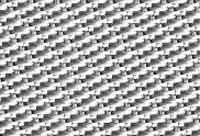
Atlas Weave
- fine smooth surface
- tight structure on one face
- soft
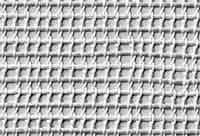
Leno Weave
- special setting for better slipping resistance of open lattice fabrics
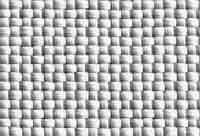
Tabby Weave
- most common pattern
- good slipping resistance
- closed fabric apperance
- low fraying during confection
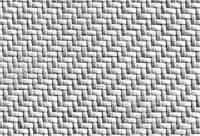
Twill Weave
- diagonal weave rib
- soft and well ductile
- good soaking characteristic
- high thread density possible than in canvas tabby weave

